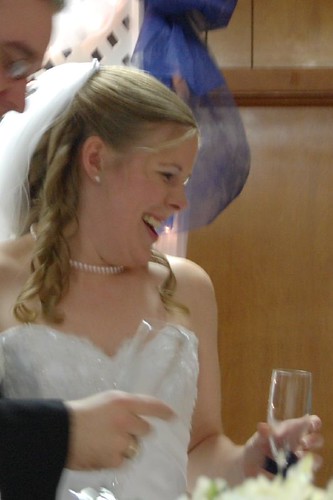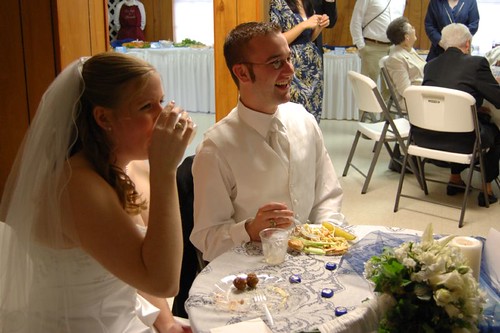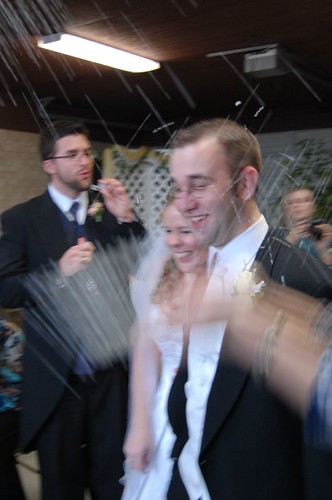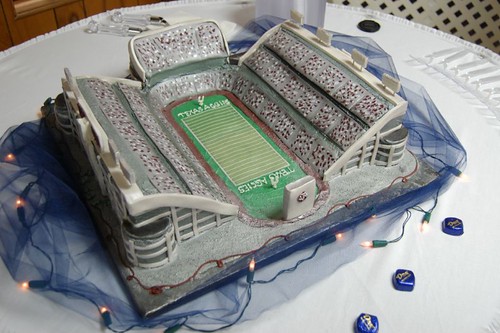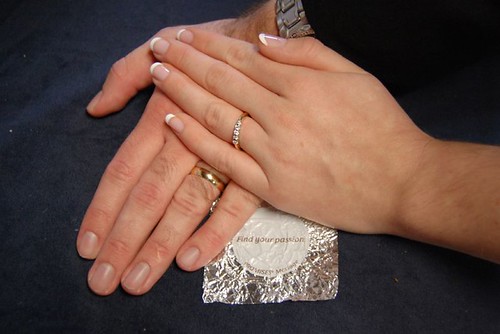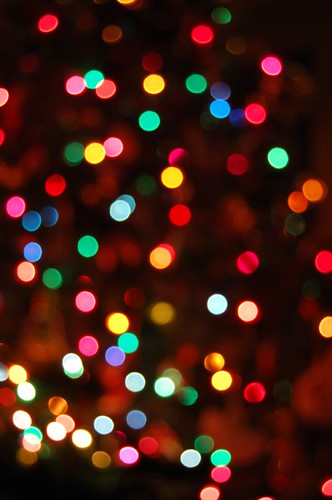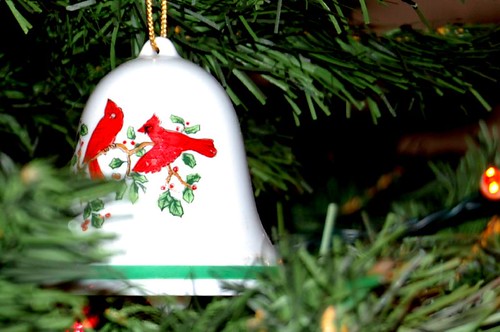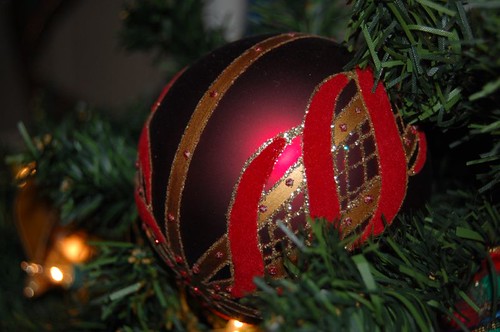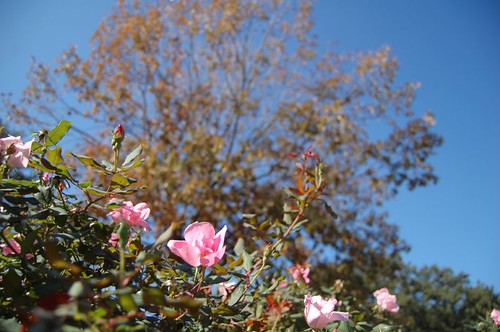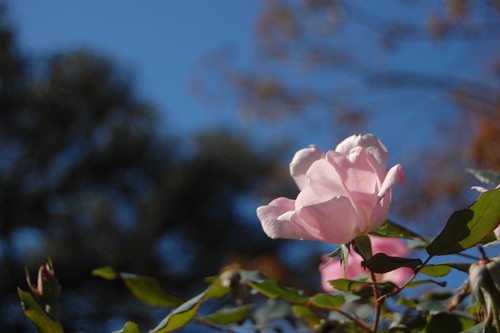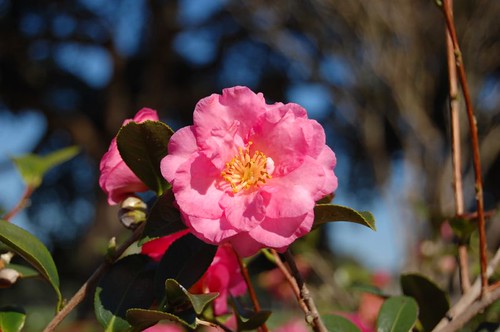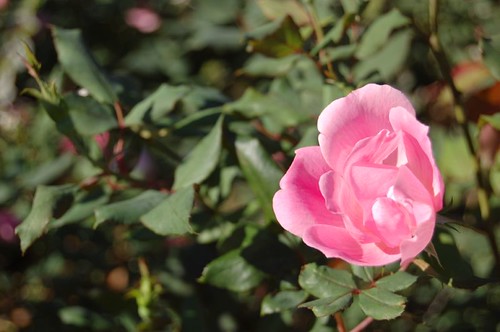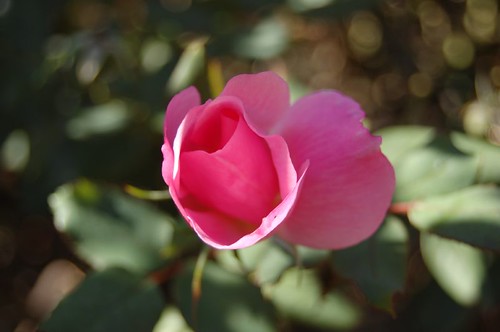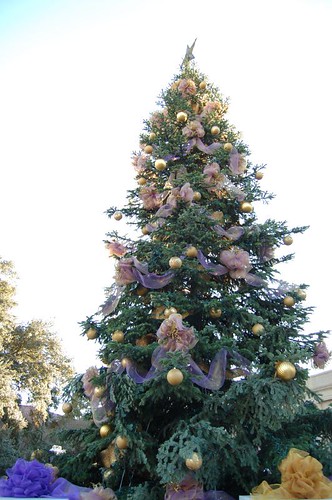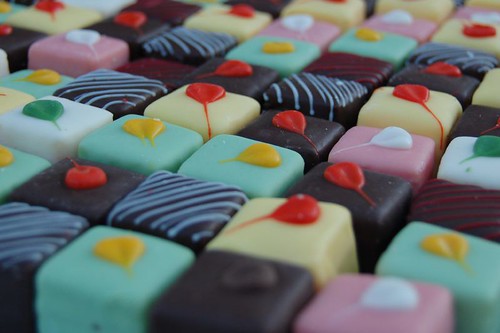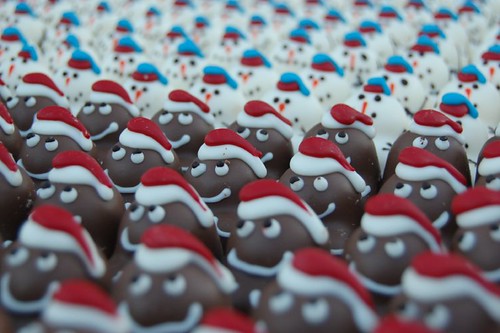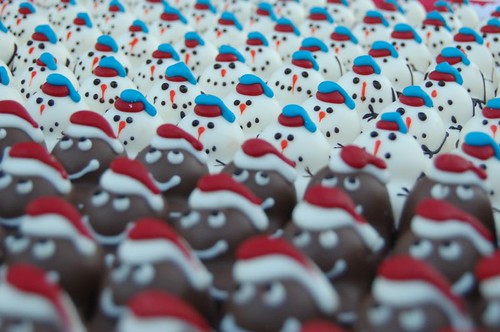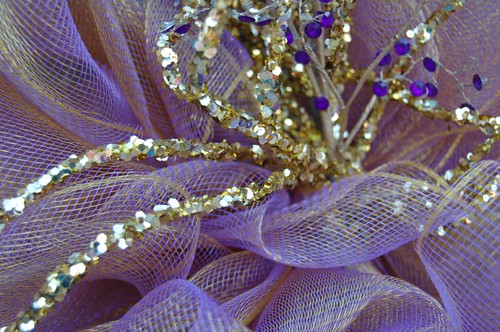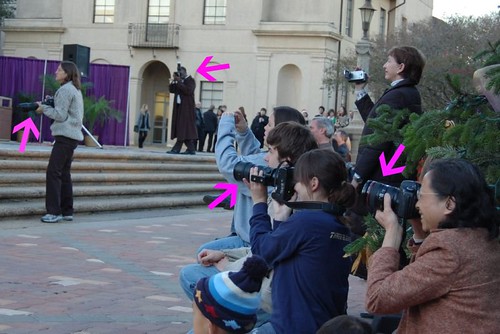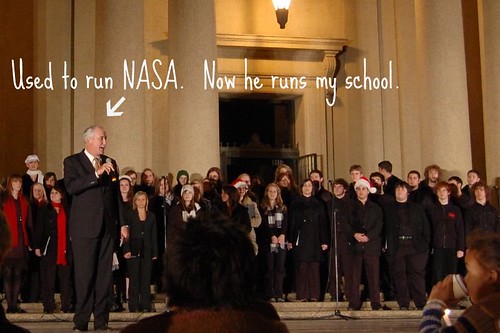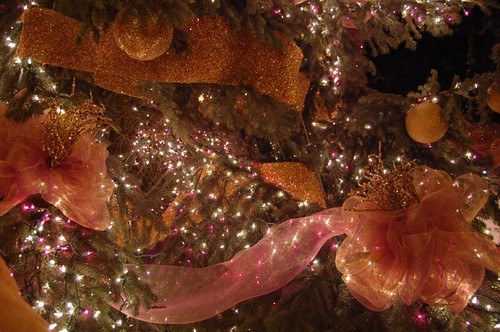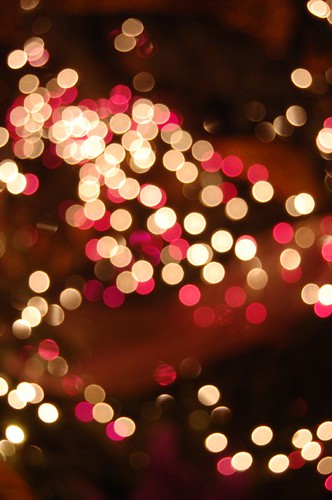Note: I've created a photography glossary in the sidebar with links to definitions of terms I use often, like exposure, depth of field, aperture, etc. I feel silly linking to the same things over and over again, so if you see a term you're unfamiliar with that isn't linked, check out the sidebar! =)So, a
few posts ago I talked about aperture and how it affects depth of field in addition to exposure. (In my mind, the exposure effect is intuitive; the depth of field one is not.) Today, a similar discussion on shutter speed...
Again, in my mind the effect of shutter speed on exposure is intuitive: the faster the shutter speed, the less time there is for light to enter the lens, the darker the picture. A slower shutter speed would then lead to brighter, more exposed pictures. The non-intuitive effect of the shutter speed is its effect on capturing motion.
This is more intuitive than depth of field...follow along with me...warning: science and math!
A basic formula of the physics of moving things (aka
kinematics) is that:
speed = distance / time
We can rewrite this as:
distance = time * speedFor the purpose of most of the things we take pictures of, the speed is relatively constant, so we don't have to worry too much about that term. What we can control is time, via shutter speed. A faster shutter speed corresponds to a shorter amount of time. This corresponds to a smaller term on the right-hand-side of the second equation, and thus, since the right- and left-hand-sides must be equal, the left-hand-side must be correspondingly smaller. But the left-hand-side is distance, and so in our shorter time span, our moving object moves a shorter distance. So we have
fast shutter speed -> shorter time -> less distance
The same reasoning works for slow shutter speeds:
slow shutter speed -> longer time -> more disance
The distance the object moves is the effect we see in photos. Fast shutter speeds "freeze" moving objects, while slow shutter speeds lead to blurrier motion. Either of these effects can be exploited to get the photo you want, using the shutter-priority or full manual modes.
I was taking some photos tonight for
my knitting blog (for a post on
blocking and its magical effects) and decided to play around with my shutter speed as I was taking pictures of the "fill the sink with water" step. Check this out:

Bubbles!!! (Reminds me of
this guy!) The shutter speed is 1/320, with my maximum aperture of f/3.5. (For an explanation of the numbers of shutter speed,
click here.) I had to turn a flash on (it's dark outside and I was too impatient to wait until daytime to take pictures...). Since I was shooting in full manual, I could
adjust the flash level, a dSLR feature that I
love. Normally I adjust it down, but for some reason I decided to play with adjusting it up. (This picture was shot with the flash at +1.0.) Since I had the flash on and up, I could use a pretty fast shutter speed, and still get a bright image. Want a closer look?

Here's another fun one, same camera settings as above:

I like how the motion of the water is frozen into the wave forms. (I'm taking grad
quantum 1 right now...I can't get away from
wave forms...)
As a counterexample, here's a photo taken with a much slower shutter speed (more time!):

See how the water is just a blurry stream? Unfortunately, I can't tell you the exposure for that one, although it was around 1/50. (In addition to playing with flash levels, I was playing with shooting in
RAW. Well, it turns out that Picasa, my editing program, can't pick up the EXIF data for RAW files, so I lost the record of all the settings. I've never had any problems with JPEGs, so I will just return to that and keep my data.)
More experienced photographers than myself can do even cooler things with shutter speeds:
Slow shutter speed:
 (Image used under terms of CC License. Photo by Flickr user www.ericcastro.biz)
(Image used under terms of CC License. Photo by Flickr user www.ericcastro.biz)Fast shutter speed:
 (Image used under terms of CC License. Photo by Flickr user chomp_on_that)
(Image used under terms of CC License. Photo by Flickr user chomp_on_that)Neat, eh? =)
